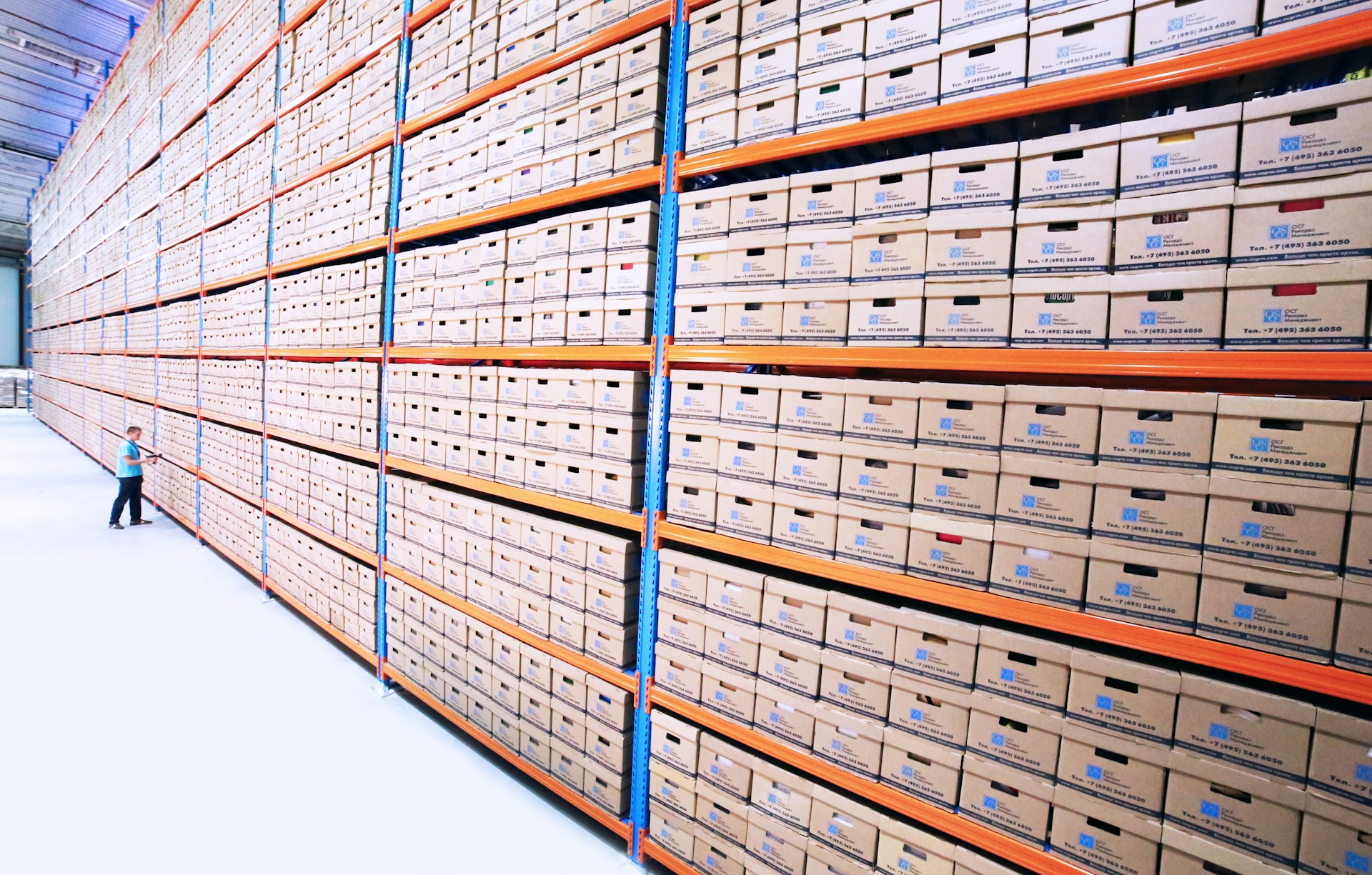Your inventory is much more than the products you list on your site and store in your warehouse. It’s your cash flow, operational reliability and goodwill with customers.
Calculating the right reorder level is crucial. It helps you strike a balance between always having products in stock without ordering more than you need.
This guide will show you how to calculate the right reorder level for your store. We’ll walk you through the maths, discuss strategic considerations and offer best practices for implementing an effective and data-driven replenishment policy.
What is a reorder level?
A reorder level is the threshold inventory level that triggers a replenishment order. The order can happen automatically if you have an inventory management system, or you can place it manually yourself.
A well-set reorder level is neither too conservative nor too risky. The idea is that you should never completely run out of stock before a fresh supply arrives. But you also shouldn’t store too much stock at once, either.
Why you need to calculate reorder level
Calculating reorder levels can improve customer satisfaction, cash flow management and operational efficiency.
Here are the benefits of calculating your reorder level in more detail:
1. Prevent stockouts and lost sales
Calculating reporter levels will stop you from running out of stock. Stockouts are a major source of customer frustration. They lead to an immediate loss of sales but can also do long-term damage to your brand reputation. Customers who repeatedly find items out of stock may switch to competitors.
By accurately calculating when to reorder products, you ensure that new stock arrives before inventory is depleted, maintaining uninterrupted sales and meeting customer expectations.
2. Optimise working capital and cash flow
Inventory can tie up a significant chunk of your business capital. Holding too much stock increases storage costs, insurance and other risks like product obsolescence and damage. On the other hand, ordering too little stock can increase ordering costs as well as the risk of stockouts.
Calculating the right inventory level helps you maintain cash flow, freeing up capital for marketing or cross-border expansion opportunities.
3. Mitigate supply chain disruptions
Cross-border logistics, Brexit-related customs checks, shipping delays, and supplier disruptions can cause longer lead times, resulting in stockouts sooner than expected.
Accurately calculated reorder levels and appropriate safety stock provide a buffer to protect your business against these uncertainties. This proactive risk management reduces the impact of unexpected delays on your ability to meet customer orders.
4. Boost customer loyalty and brand reputation
A well-stocked online store builds trust with customers. When buyers can depend on you to ship products promptly, they’re more likely to shop again and leave positive reviews.
In competitive markets where shoppers can also purchase from marketplaces like Amazon, having products in stock is crucial to meeting customer expectations.
How to calculate your reorder level
The reorder level calculation is pretty simple. Here it is:
Reorder Level = (Average daily usage x Average lead time) + Safety stock
Now let’s break down each component:
- Average daily usage – the number of products you sell each day.
- Average lead time – the amount of time in days it takes for products to arrive once you’ve ordered them.
- Safety stock – an amount of stock that acts as a cushion to buffer against demand spikes or supply delays.
Here’s what the formula might look like for a fashion retailer. The retailer sells 50 of its most popular dresses each day. The dress has an average lead time of a week and the retailer holds 150 dresses as safety stock.
Using the formula above:
Reorder level = (50x7) + 150 = 500
This means that when the inventory level falls to 500 dresses, the retailer should place a new order to replenish stock before running out.
Factors that can affect your reorder level
The reorder level is not a fixed value. It requires continuous adjustment to reflect dynamic business conditions.
Below are the key factors you’ll need to consider when calculating and setting your reorder level.
1. Demand variability
Demand for products rarely stays constant. Fluctuations in customer orders can be driven by several factors, including:
- Seasonality
- Promotions and marketing campaigns
- Market trends
When demand is highly variable, you need to increase your reorder level to avoid stock-outs during unexpected surges.
2. Lead time variability
Lead time is the time from placing an order to receiving the stock. This includes supplier processing, production, transportation and customs clearance.
Your reorder level must reflect not only the average lead time, but also the worst-case or maximum lead time to mitigate potential delays.
3. Minimum order quantities and batch constraints
Suppliers often impose minimum order quantities and batch sizes that you’ll need to take into account when ordering more stock.
4. External factors and market conditions
Several external influences can affect reorder levels, including:
- Customs delays
- Supply chain disruptions
- Regulatory changes
- Political decisions
These factors increase uncertainty and typically call for higher reorder levels and safety stock.
Pro Carrier helps you combine accurate stock levels with on-time delivery
Accurately calculating and continuously refining your reorder levels is a cornerstone of effective inventory management. In doing so, you’ll improve customer satisfaction levels, optimise cash flow and be able to react swiftly to market trends and supply chain disruptions.
But don’t just settle for having enough inventory on hand. Make sure your customers receive their goods as quickly and effectively as possible using Pro Carrier.
Our dedicated ecommerce shipping service combines cutting-edge technology, an international final-mile carrier network and exceptional customer service.
You can use our dedicated platform to get real-time order visibility on every order and make edits on the fly. There’s also an integrated tracking portal to keep customers abreast of their delivery, as well as multiple localised delivery updates.
Find out more by speaking to one of our experts today.
